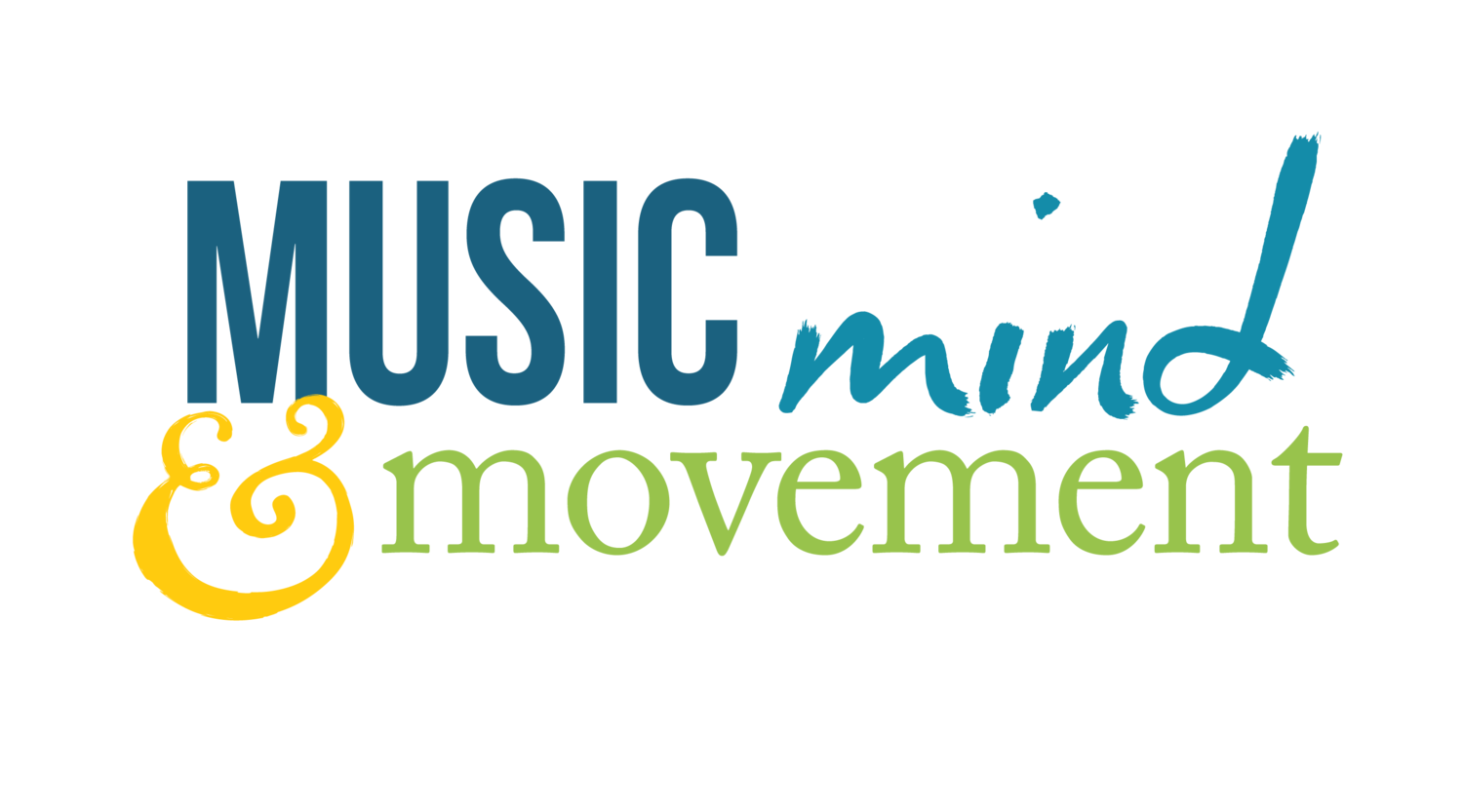Pace Yourself
Photo by Dan Cook
School is already full-swing for our friends south of the border and, here in Canada, we’re savouring the last week of summer before Labour Day weekend, after which we’ll also head back to school or back to busy fall performance and teaching schedules.
I have observed over the years that many students return to school slightly less “in shape” than when they left in the spring. Lots of music students, including those who are otherwise dedicated to their development as musicians, practice all year, perform their final jury or recital, and then put the instrument in the case for the summer.
My feeling is that this is not cause for alarm. There are lots of great reasons to take a bit of a break over the summer: burn-out, other interests, working three jobs in order to be able to pay tuition and rent, etc. I took an entire summer off from playing in the middle of my masters degree due to a combination of injury and existential crisis (possibly related) and nothing terrible happened as a result. In fact, I returned to my studies much more emotionally balanced and physically resilient than I had been before taking time off.
Of course we all know that musical excellence requires years of consistent practice and I am not suggesting that we go all willy nilly and only practice when we feel like it. But I do think that occasionally taking time away from playing is fine and, in many cases, healthy. Being out of shape does mean, however, that a little extra care needs to be taken when re-establishing a more consistent practice routine, especially for developing musicians. I wanted to share some advice I have been giving my students for the past few years because I think it’s important for overall playing health and injury prevention.
Some context: I’m pretty convinced that many injuries and inefficient playing habits either start or get reinforced during the back-to-school/work phase when players jump from doing relatively little playing to suddenly doing a lot of playing, both in ensembles and in the practice room. I think there are two main reasons for this. First, playing an instrument places significant demands on the body, demands that it might not be optimally prepared to handle if there has been a decline in strength, mobility, or co-ordination (which, if you haven't been playing regularly, there almost certainly has been). Think about it this way: If you trained progressively for a 10k race in the spring, did the race, and then ran very little, if at all, for 3 or 4 months, it would be unwise to jump back into running at race-day intensity. Instead, it would make sense to ease into it in order to give your body a chance to re-adapt to the particular biomechanical, cardiovascular, and neurological demands of the activity. It is no different when it comes to playing our instruments. If we do too much too soon – even if we were crushing it only a few months ago – we put ourselves at greater risk of injury or simply of developing weird and inefficient compensatory habits. Second -- and this is a little more subtle but maybe even more significant -- I think that organizing practice around a prescribed amount of time or with the aim of achieving certain practice goals encourages a habit of not paying attention to the body, of pushing through fatigue, discomfort, and even pain in order to meet some time or achievement target. This is speculation, but I suspect that this fundamental dissociation from the body, a dissociation that is subtly (and not-so-subtly) encouraged in high-level musical environments, is probably actually a much larger contributor to musicians' injuries in the long run. Again, getting good takes a lot of time -- many hours over many years. And there is nothing wrong with having practice goals. But these external benchmarks need to be balanced with an internal sense of what is sustainable for our bodies. So with all that in mind, here’s what I suggest:
First, make an honest assessment of how much you practiced during the summer. It’s really important to be honest – with yourself and, if you’re a student, with your teacher. If you didn’t play much over the summer, it is really okay. There are lots of reasons to ease up a bit during the summer months. However, if your instrument is only now seeing the light of day after a long summer of hibernation, there are a few steps you might consider taking so that you can get back in shape in a healthy way:
1. Decide how much time you ideally want to dedicate to practicing each day once you are in shape. This may be anywhere from one to several hours depending on your level of study and musical objectives.
2. Carve out that amount of time. Schedule it in. Write it down. Consider it a commitment. Because it is.
3. BUT! Don’t use all that time for physical practice...yet. Figure out how much time you can dedicate to playing given your instrument and what level of shape you are in currently. For example, I teach brass players, many of whom don’t practice much during the summer and who have multiple ensemble commitments when they return to school in the fall. In this scenario, I feel that about 20-30 min of physical, solo practice time is plenty for the first week or two. (Keep in mind that this is in addition to several hours per week in ensembles; for a pianist that playing landscape might look very different.) This can be done all at once or in two or three shorter chunks. I recommend using this time to work on fundamentals, play simple tunes with lots of expression, and begin working on sections of repertoire (or etudes or excerpts) that don’t push the limits of your technical abilities. BUT HERE’S THE THING:
4. Physically practice on your own for only the amount of time allotted above but spend the rest of the time you have earmarked for practicing doing other things that will support your development as a musician. This is key. If you start out practicing for only 30 min a day and fill up your schedule with other stuff -- or, worse, establish the expectation for yourself that 30 min/day is all that's required -- it will be difficult to increase your practice time as you get back in shape. But, if you embrace the idea that a) becoming a great musicians requires a lot of time, but that b) physical practice is only one piece of the complete practice pie, you will be away to the races, getting back in shape safely and efficiently while at the same time developing a more holistic practice strategy. Here are some ideas for the non-practice practice time:
Search for new repertoire.
Listen to great players on your instrument. Listen actively and reflect on what makes their playing so compelling. Program your mind with awesome sounds.
Read about your instrument: its history, pedagogy, repertoire, etc.
For repertoire you have picked out already, practicing singing it while conducting. With feeling! Even the really hard sections. Especially the really hard sections.
Speaking of singing, how about a little sight-singing or ear-training? (Does this suggestion make you want to run screaming? That might mean you could use a little work here…)
Do some mental practice.
Engage in some sort of movement practice such as yoga or Feldenkrais, or take a few Body Mapping lessons in order to improve your body awareness and kinesthetic literacy.
Etc. The list is endless. Well, maybe not endless, but there are lots of things you can do to improve your musicianship while not over-taxing your body. Be creative. Ask around. Experiment.
5. Gradually, increase your playing time and reduce the amount of time spent on the other stuff. There are a number of ways to do this. You can increase your total amount of practice time by a few minutes each day. Or, if you have worked up to doing several short practice sessions, you can begin combining them into longer sessions. Not every day has to be the same, so you could do a couple of heavier days and then take a light day where you play less and focus on some of the non-playing activities described above. Play with it. Learn to sense when you need a break and take one. One of the benefits of a system like this is that you end up with a lot of tools in your practice toolbox so that, if you when yourself in a situation where you feel that more physical practice will not serve you, you have lots of other things you can do to keep learning and growing. And, hopefully, you learn to pay attention to how your body feels while you're playing rather than just paying attention to the clock or to your practice to-do list.
I think there persists an idea in classical music training that discipline is largely a matter of mental stamina and willpower. We decide, often somewhat arbitrarily, how much time to spend practicing and then push ourselves to meet that quota no matter what. Or we've heard that practice quality is more important than practice quantity, so we set goals and employ various strategies to ensure quality practice. But playing an instrument is highly physical. We need to treat our bodies like the vehicles they are, rather than as tools or, worse, obstacles. And here's the thing: It is often the case that as our capacity increases -- our ability to handle the demands we are placing on our bodies with relative ease and resilience -- so does our desire to do more. In other words, motivation often naturally arises from the felt sense of our own capability and the inner trust that we can and will take care of ourselves. And that's pretty cool...
Thanks for reading!




